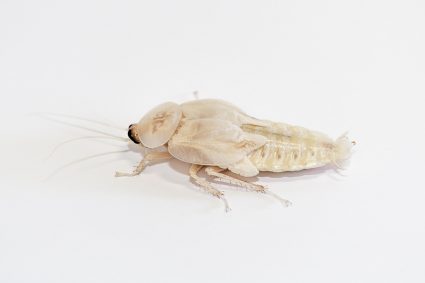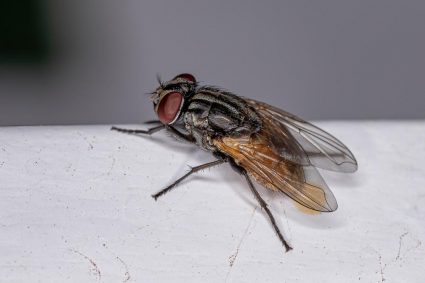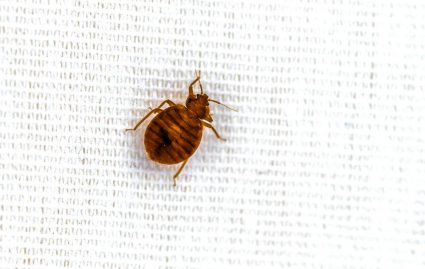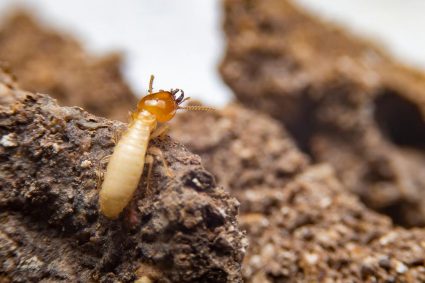
The process of eradicating a roach infestation from your home or property is a daunting task. Among various pest control methods, fumigation is often considered a last resort due to its disruptive nature and high costs. However, its effectiveness in dealing with severe infestations is undeniable. But, how long does fumigation take for roaches? The answer depends on several factors, such as the extent of the infestation, the type of roaches, and the specific treatment used.
The duration of fumigation for roaches largely depends on the size of the property and the severity of the infestation. On average, the fumigation process can take up to 24 hours. However, it can take several weeks, sometimes up to five weeks, for the roaches to die completely following treatment.
The Fumigation Process for Roaches
Fumigation involves using toxic chemicals to eradicate the roach infestation. The process typically involves several steps, including identifying all potential entry points for roaches, preparing the home for the treatment, performing the fumigation, and post-treatment procedures.
The first step includes identifying and temporarily sealing all potential entry points for roaches in your home, creating an airlocked environment. Then, the home is prepared for the treatment by cleaning, removing and covering food, baby items, and vacuuming any visible roaches and eggs. This helps eliminate competing food sources and ensures the roaches are attracted to the bait.
The fumigation process then begins, with exterminators donning special protective equipment and pumping toxic chemicals into the sealed home. After the fumigation process, it’s crucial to maintain a clean home to prevent future infestations.
Duration of Fumigation Process
On average, fumigation for roaches can take up to 24 hours, depending on various factors such as the size of the property and the severity of the infestation. However, it’s important to note that even though the fumigation process might seem like a long time, it’s an effective way to combat roach infestations.
After fumigation, it can take several weeks for the roaches to die completely. For example, it can take up to five weeks to completely rid your property of German cockroaches following treatment. During the first week alone, their numbers should reduce by 70% to 80% . The extent of the infestation and the species of roach involved can affect how long it takes for the roaches to die after treatment.
Safety Precautions During Fumigation
During the fumigation process, several precautions should be taken to ensure safety and effectiveness. These include planning the aeration process, wearing appropriate personal protective equipment (PPE), following the label directions and manufacturer’s instructions for the chosen fumigant, and posting warning signs and bilingual placards if necessary.
After the fumigation, there is usually a ventilation period of 2 to 4 hours before it is safe to return to the property. It is also important to follow any specific instructions provided by your fumigation service provider, as they may have additional requirements specific to your situation.
Post-Fumigation Steps
To ensure roaches do not return after fumigation, it’s essential to maintain a clean and well-maintained home. Regularly vacuum, mop, and wipe down surfaces to eliminate food crumbs and residue that may attract roaches. Properly dispose of food, eliminate moisture and water sources, seal entrances, and maintain your yard.
Fumigation can be an effective method for eliminating roaches, especially in cases where other methods have failed to eradicate an infestation. However, it is worth noting that fumigation is rarely recommended as the first go-to method for cockroach control. An integrated pest management (IPM) approach that uses several control methods is usually required for effective cockroach elimination.
In conclusion, while the fumigation process can be disruptive and time-consuming, it can effectively rid your property of a roach infestation. It’s important to understand the process, take the necessary precautions, and follow post-treatment procedures to ensure the effectiveness of the treatment and prevent future infestations.
Frequently Asked Questions
What types of fumigants are typically used for roach fumigation?
Common fumigants used for roach fumigation include sulfuryl fluoride and methyl bromide. These chemicals are highly toxic and effectively penetrate the areas where roaches hide.
Can I stay in my home during the fumigation process?
No, you cannot stay in your home during the fumigation process. The chemicals used are toxic and can cause health issues. You will need to find alternative accommodation during the fumigation and ventilation period.
How often should fumigation be done?
The frequency of fumigation depends on the severity of the infestation and the effectiveness of the initial treatment. However, fumigation is typically a last resort measure and is not done regularly. Regular maintenance and pest control practices are usually sufficient to prevent roach infestations.
Are there any natural alternatives to chemical fumigation?
Yes, there are several natural alternatives to chemical fumigation. These include diatomaceous earth, boric acid, and essential oils like peppermint and tea tree oil. However, these methods are generally less effective than fumigation, especially for severe infestations.
What are the signs of a roach infestation?
Signs of a roach infestation include seeing live or dead roaches, finding roach droppings or egg cases, and noticing a musty or oily smell. Roaches are nocturnal, so you may also see them scurrying away when you turn on a light or open a cupboard at night.












